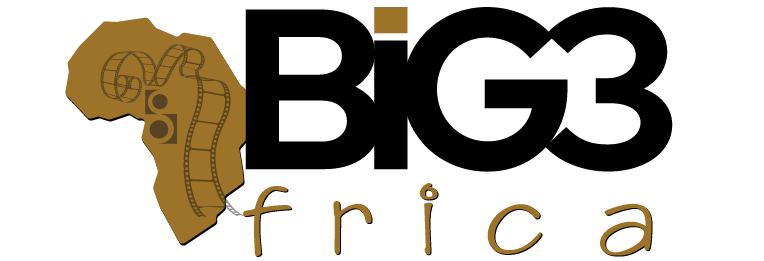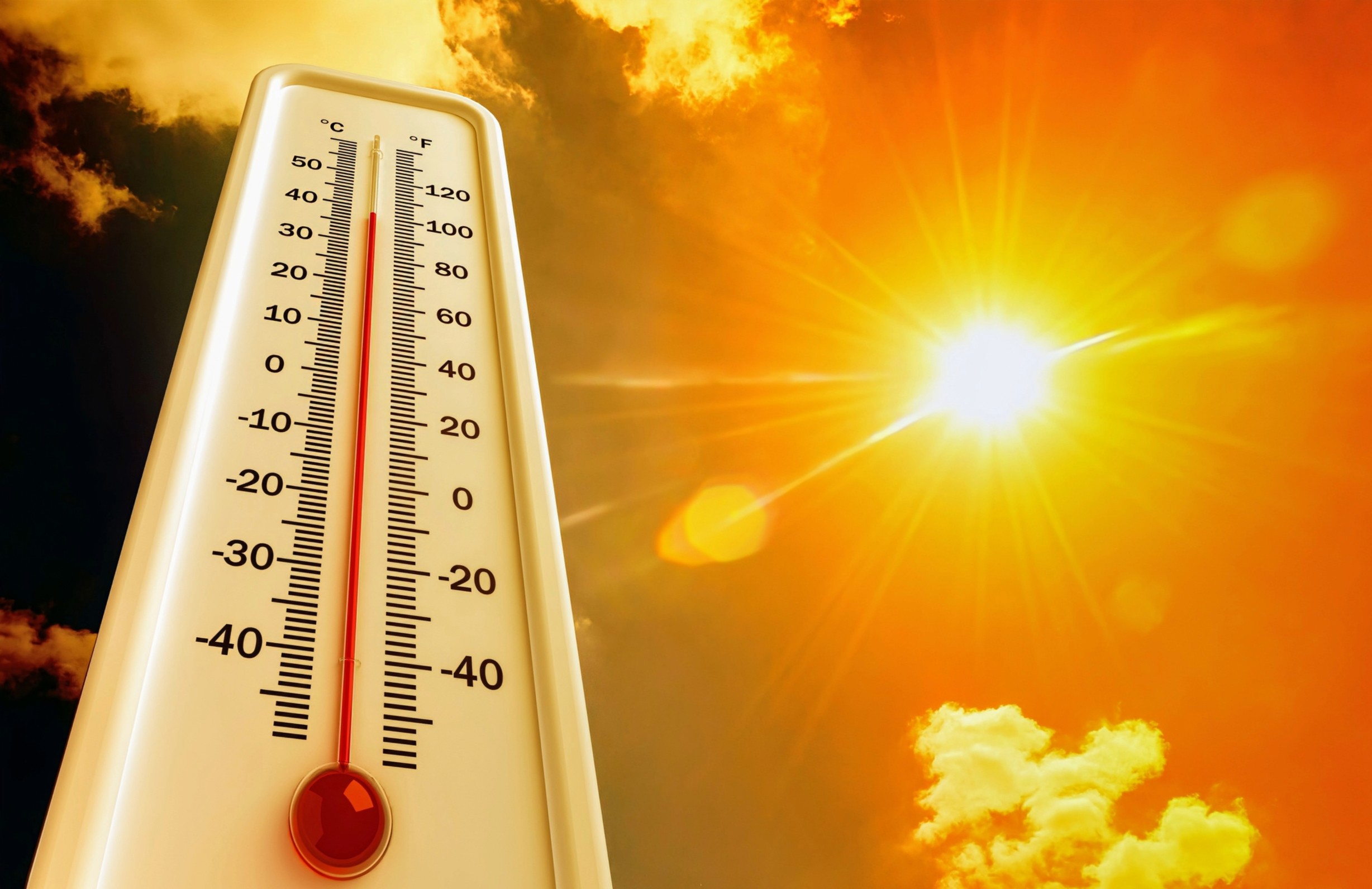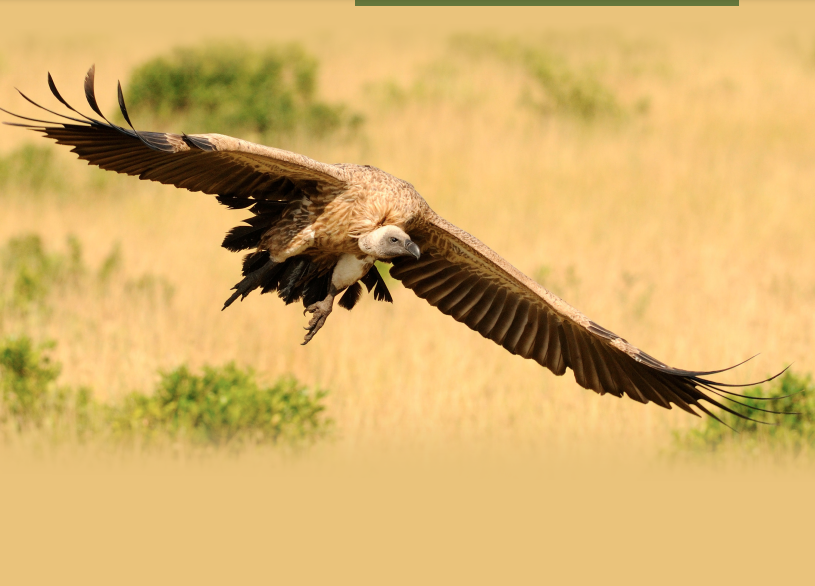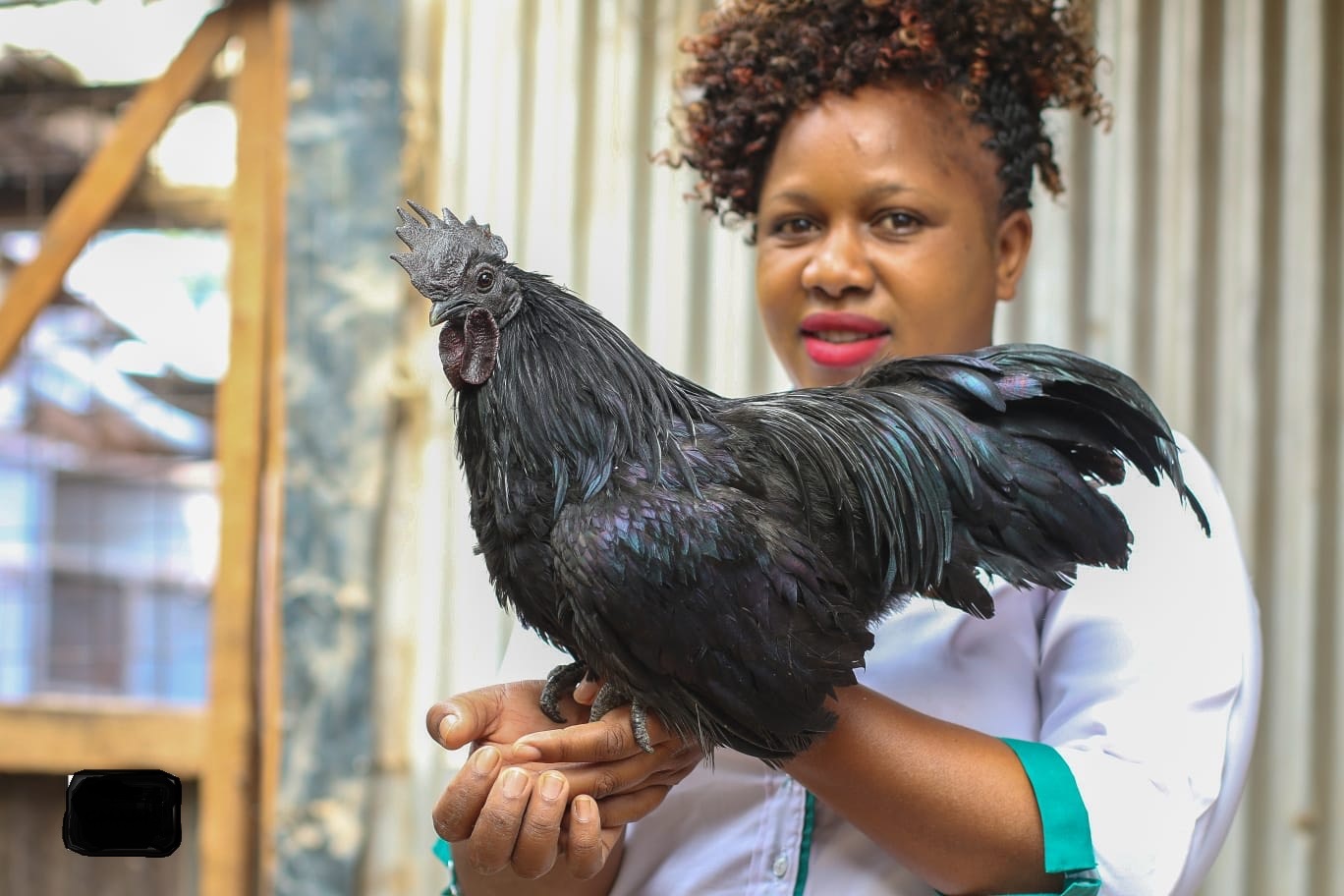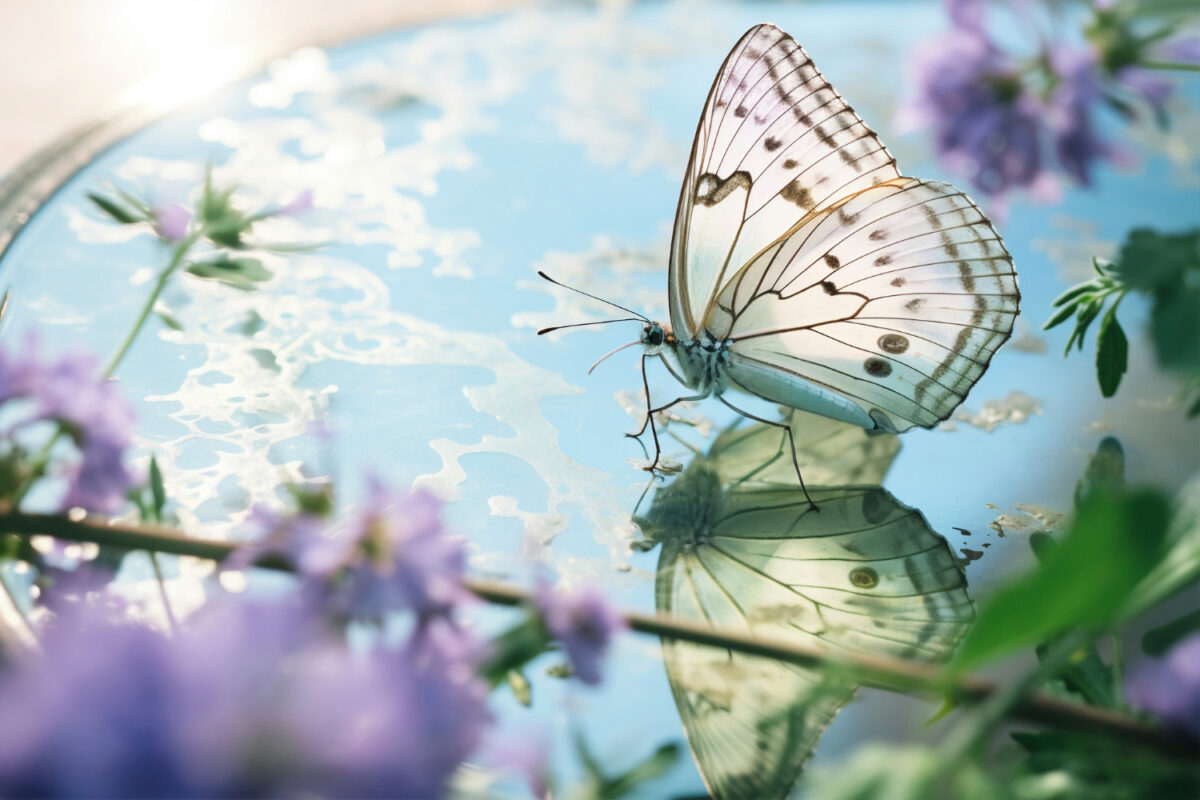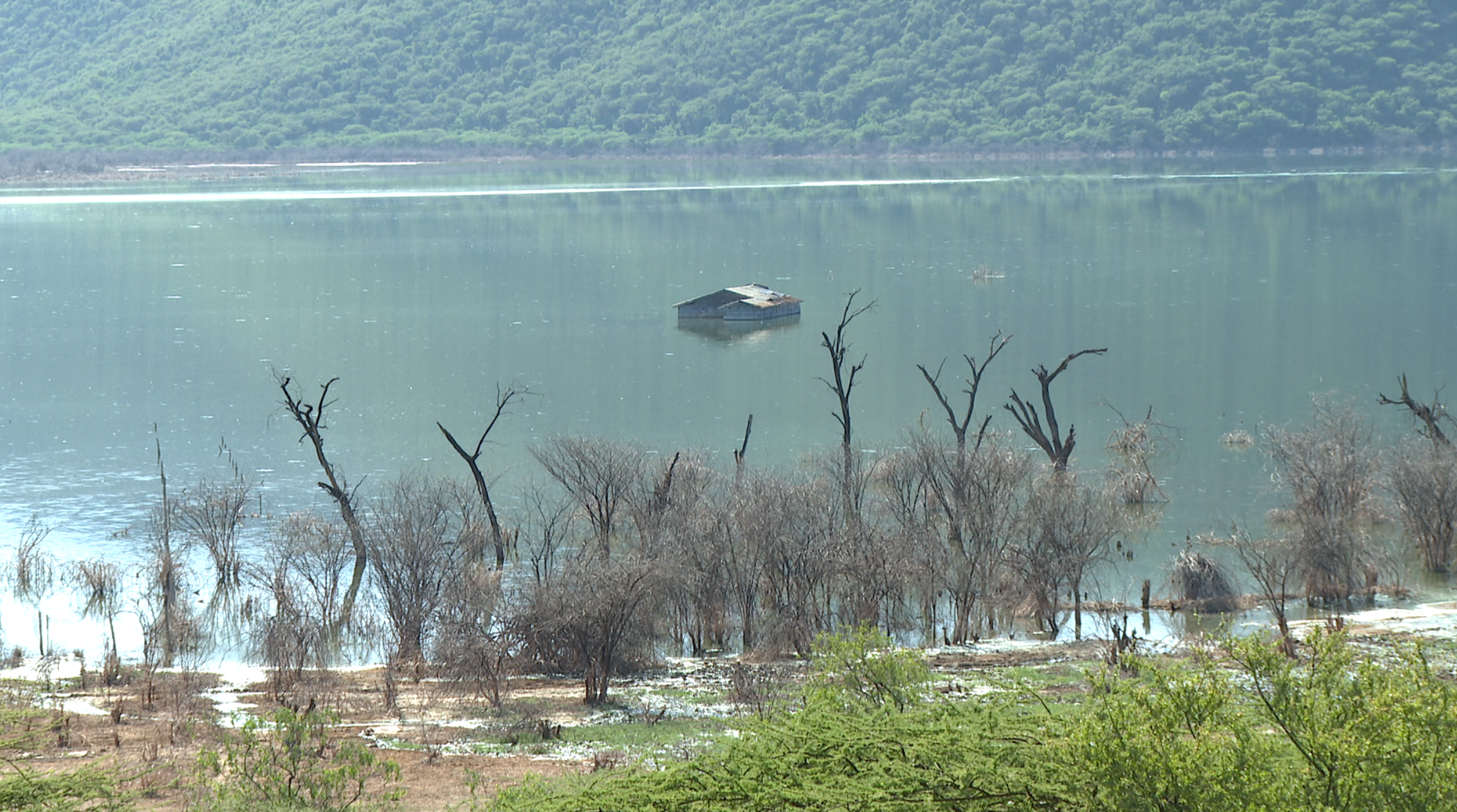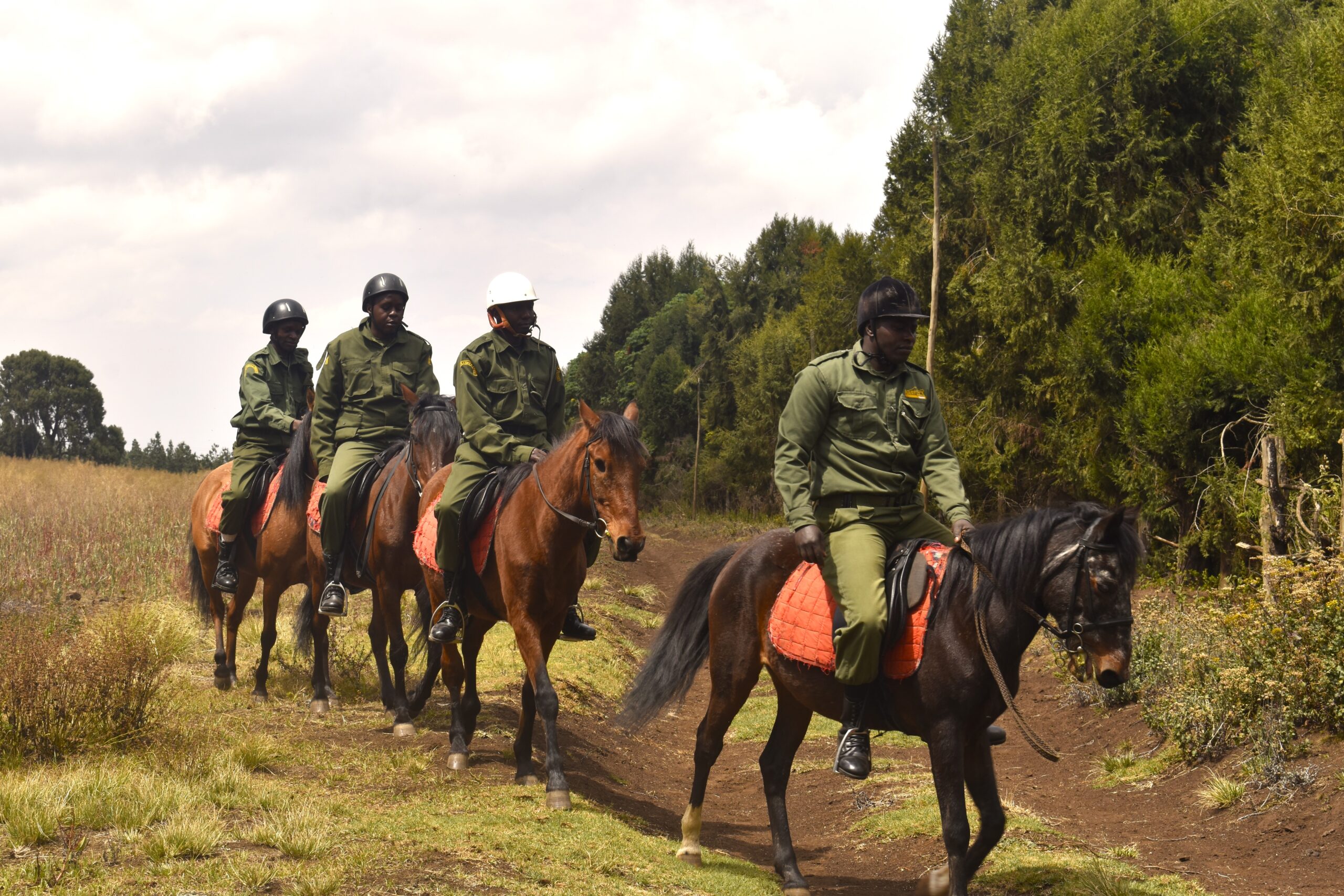Tree Hugs for Health, A Record-Breaking Mission
One young Kenyan, Truphena Muthoni, has made it her mission to spread the word about the health benefits of tree hugging. At just 21 years old, she knows firsthand the power of connecting with nature, especially after overcoming a mental health disorder.
Read More